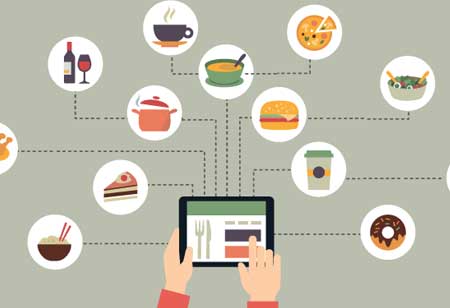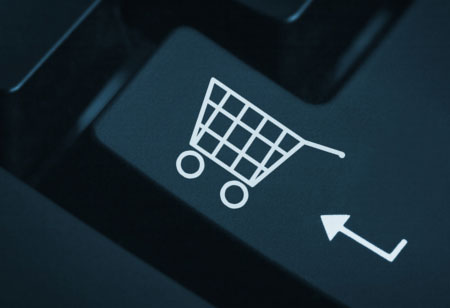THANK YOU FOR SUBSCRIBING
How Big Data Analytics Revolutionizes Food and Beverage Industry
The Food and Beverage Industry is a significant part of the Global Market. Despite global challenges, this one sector's operations continued to operate.

By
Apac CIOOutlook | Friday, October 01, 2021
Stay ahead of the industry with exclusive feature stories on the top companies, expert insights and the latest news delivered straight to your inbox. Subscribe today.
The quality of food is a major factor that determines the success of food enterprises and outlets. Temperature-sensitive products, such as vegetables, fruits, and milk, degrade when the temperature of the environment changes.
FREMONT, CA: The Food and Beverage Industry is a significant part of the Global Market. Despite global challenges, this one sector's operations continued to operate. Despite the fact that restaurants and food outlets bore the brunt of the pandemic, the supply chain remained operational. Furthermore, because the food and beverage industry combines a number of diverse and equally important domains, it necessitates strong management. Every entity, from farmers to suppliers, retailers to consumers, makes a significant contribution.
Check Out This : Food Business Review
However, over the last decade, the food industry's competitiveness has increased. Whether it is the demand for quality food products or authentic cuisines, the patron's choices play a critical role in determining the fate of the brands. This has an impact on the financial segment as well as the brand's popularity. Many restaurants, food outlets, as well as food enterprises are forced to close their doors because they are either unable to meet customer demand or lack proper management. That is why the food industry requires a tool to help them overcome the different challenges in the food industry.
This article focuses on the major use cases of big data analytics that can bolster the food and beverage industry.
Innovation
Customers are hungry for new ideas. And food is an entity that necessitates constant innovation. If a restaurant or food outlet regularly introduces new dishes or a food enterprise introduces a new food product, the chances of the business becoming profitable are extremely high by analyzing the customer's previous preferences and choices, big data analytics aids in the development of new products and dishes. This includes analyzing data from customers who have similar food or beverage preferences, the ingredients that are most popular among customers, and the dish or cuisine that is ordered the most frequently. Restaurants and food outlets can then devise a dish that meets the aforementioned criteria. This allows food outlets and restaurants to stay ahead of their competitors.
Quality Control
The quality of food is a major factor in the success of food enterprises and outlets. Temperature-sensitive products, such as vegetables, fruits, and milk, degrade when the temperature of the environment changes. This has frequently become a major bottleneck in the supply chain, particularly when raw food products are transported over long distances. By incorporating specific IoT-driven sensors that collect, process, and analyze data from their surroundings, the supply chain cycle can be monitored. Furthermore, the IoT sensors will notify the user when a product has degraded and needs to be replaced. Big data analytics software can track the arrival of materials and scan finished goods.
Furthermore, because adulteration is a major issue in the food and beverage industry, big data analytics can monitor the products during production. This will increase the product's food safety.





